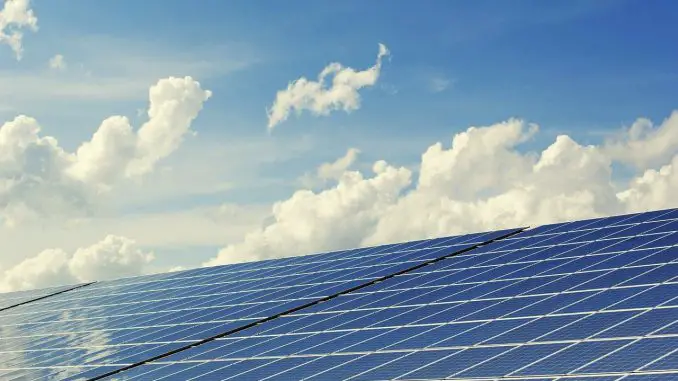
The great advantage of solar cells is that they produce electricity without giving rise to emissions or noise during operation and can quickly be mounted on site.
Solar cells have long technical durability and the only “fuel” needed is sunlight! Therefore, solar cells are an environmentally better alternative compared to many conventional electricity generation techniques.
But in order to give an overall picture of the environmental impact that actually exists from solar cells, we must consider the environmental impact that occurs when solar cells are produced and when they are obsolete and must be recycled.
Such a holistic perspective is usually called a life cycle perspective. It is usually very complex and time-consuming to analyze the environmental impact of products in a life-cycle perspective, and it is usually difficult to get accurate information about each stage of the manufacturing process and some assumptions must be made.
Therefore, it is very difficult to state general values for the environmental impact of solar cells.
There are some general principles that are good to know about the environmental impact of solar cells:
The production of solar cells is energy-intensive: This is especially true for crystalline silicon solar cells, which are the most common type of solar cell on the market today. It is a very energy-intensive process to obtain the high purity silicon needed to manufacture the solar cells themselves. (Thin-film solar cells are significantly less energy-intensive to manufacture than crystalline silicon-based solar cells.)
A solar panel that is in operation produces as much electricity as is required to produce the solar panel in about 2.5 years (Northern Europe). This is usually called energy payback time. The amount of carbon dioxide emitted in the production process depends on the type of electricity used in the production of the solar cells, and this is of great importance for the total environmental impact of the solar cells from a life cycle perspective.
The entire manufacturing process for solar cells, from raw material extraction to final assembly, is a long chain of production steps that can take place in different parts of the world. Therefore, simply looking at manufacturing countries does not always say much about the manufacturing process from a holistic perspective.
The transport of the solar cells is a relatively small part of the total environmental impact. In Southeast Asia, the transport of solar cells contributes only a few percents of the total environmental impact of the solar cell life cycle.
Recycling is an important future issue: So far, most solar cells that have been manufactured are still in operation, and therefore, there are not so many waste solar cells that have become waste. In developed countries, used solar cells are handled like other electronics waste. In the future, large amounts of waste solar cells will become waste and it is crucial that we have until now developed good methods for recycling as much of the solar cells as possible.
However, just as with other products, it is important to try to extend the life of the solar cells and to investigate the possibilities of recycling before the issue of material recycling becomes relevant.
In the future, a functioning secondary market for solar cells could contribute to reduced amounts of waste from solar cells. Similarly, one can see the development of a secondary market for wind turbines that are prematurely installed and sold and installed in other markets where support systems and electricity prices are advantageous for these wind turbines.
One way, therefore, to reduce the environmental impact of the solar panels already produced is to allow them to sit up and produce renewable electricity as long as possible.
How can we contribute to the reduced environmental impact of solar cells?
Ask manufacturers: Ask your installer/supplier about the manufacturing process for your solar cells. This can contribute to creating demand for environmentally certified or environmentally classified solar cells in the future.
Better operation: Since the large environmental impact of solar cells has already arisen when we as consumers buy the solar cells, it is up to us to try to maximize the utility of the solar cells through high electricity generation (smart system design) and long service life (service and maintenance).
Circularity: When the photovoltaic cells are worn out, we need to take responsibility for taking care of them in the best possible way through efficient recycling or reuse in a secondary market.
Leave a Reply